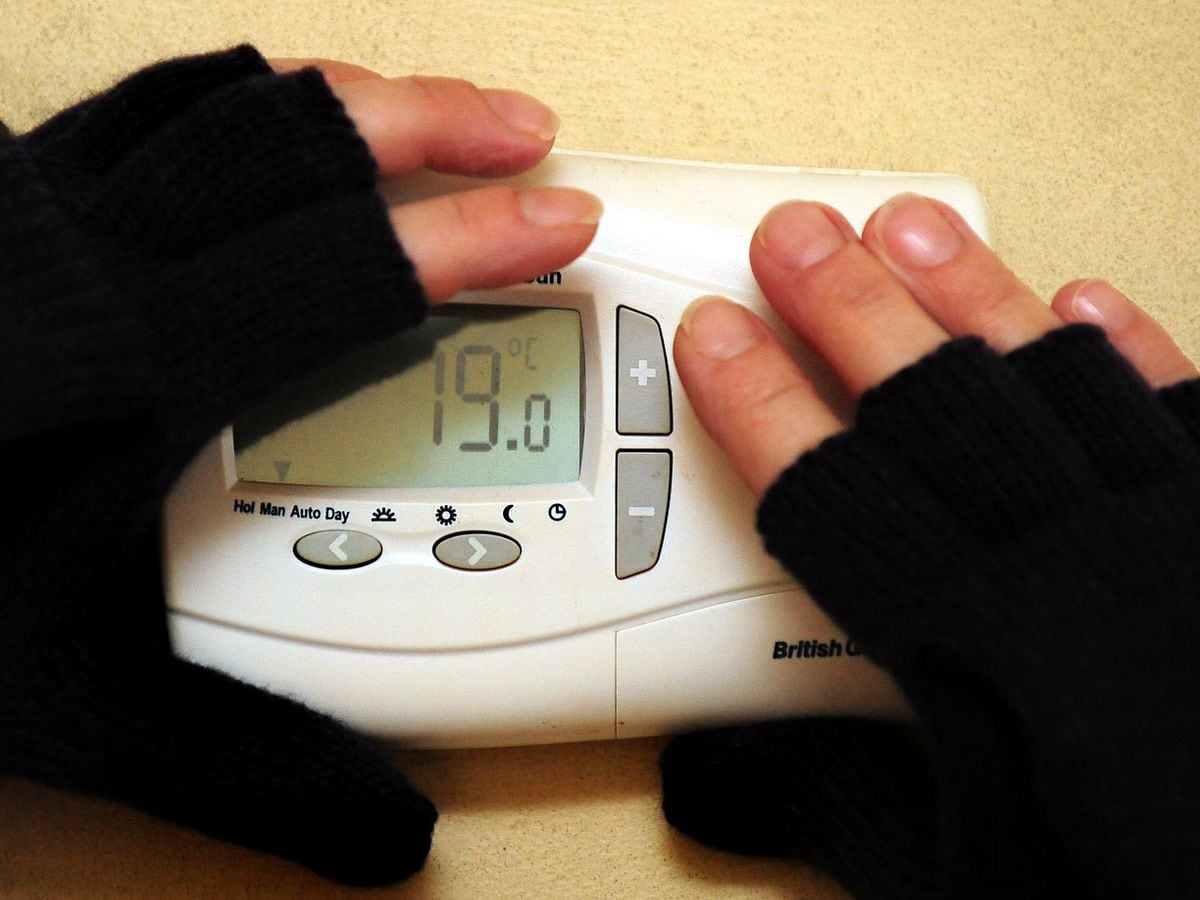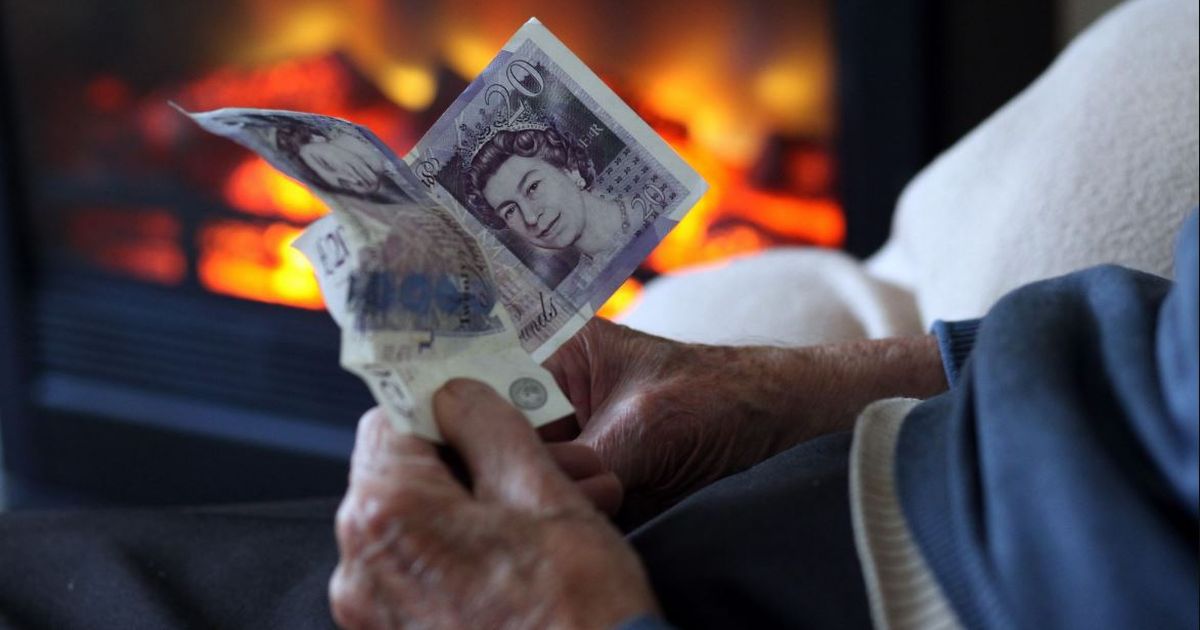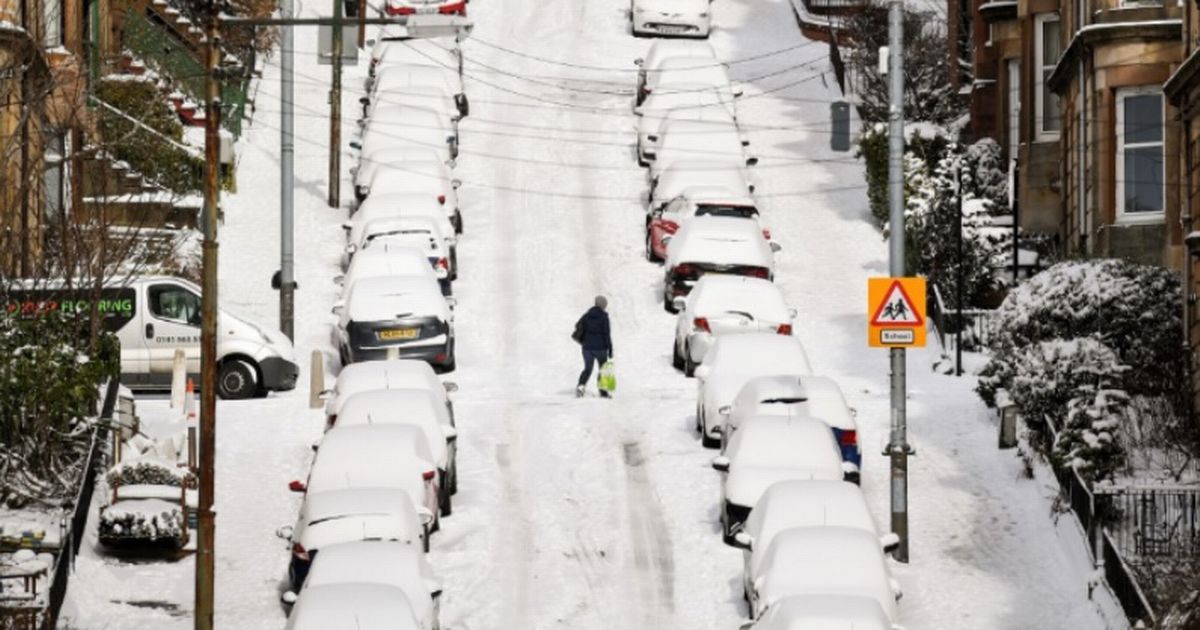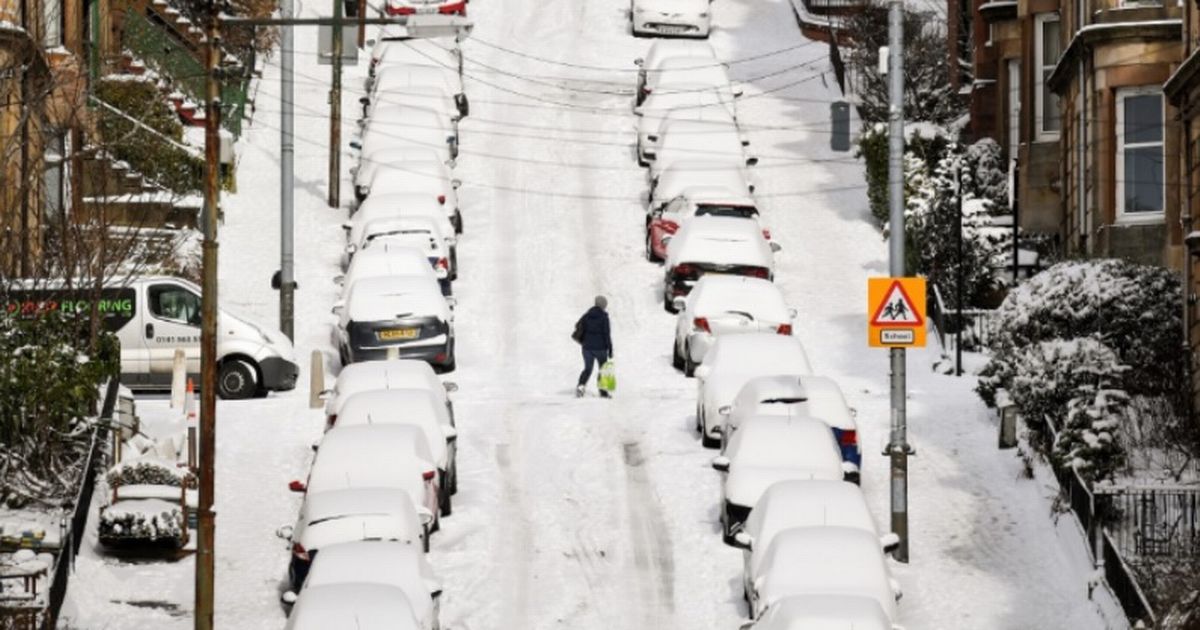Special £25 Cold Weather Payments set to enter bank accounts in the coming weeks! This means much-needed financial relief for many facing the harsh realities of winter. We’ll break down who’s eligible, when to expect the money, and how this payment helps ease the burden of rising energy costs. Get ready to learn all about this vital winter support program.
Hey, did you hear about the Special £25 Cold Weather Payments hitting bank accounts soon? It’s good news for those needing extra cash during the chill. While that’s happening, across the pond, political news is buzzing with the Republican Mike Johnson reelected House speaker after dramatic events. So, remember to check your accounts for that extra £25 – it might help keep you warm while things heat up politically elsewhere!
This program aims to provide a safety net for vulnerable individuals and families during cold snaps. We’ll explore the eligibility criteria, payment distribution methods, and the government’s reasoning behind this initiative. We’ll also look at public perception and compare it to similar schemes in other countries. Let’s dive in!
Okay, so those Special £25 Cold Weather Payments are hitting bank accounts soon. Need a break from the financial news? Check out the highlights from the India vs Australia cricket match – India vs Australia, 5th Test, Day 2 Highlights: Rishabh Pant’s incredible innings was a must-see! Then, get back to checking your account for that cold weather cash – you deserve it!
Understanding the £25 Cold Weather Payments

The UK government’s £25 Cold Weather Payment provides crucial financial support to vulnerable individuals during periods of exceptionally cold weather. This article details the eligibility criteria, payment process, impact, government rationale, public perception, and visual representations of payment data related to this vital scheme.
Payment Eligibility Criteria, Special £25 Cold Weather Payments set to enter bank accounts in

Eligibility for the £25 Cold Weather Payment hinges on several factors, primarily focusing on geographical location and receipt of specific benefits. The scheme covers specific areas within the UK where the average temperature drops to or below zero degrees Celsius for seven consecutive days. There are no specific income thresholds; eligibility is determined solely by whether an individual receives one of the qualifying benefits.
| Demographic | Qualifying Benefit | Geographic Location | Additional Requirements |
|---|---|---|---|
| Pensioners | Pension Credit | Areas with 7 consecutive days below 0°C | None |
| Disabled Individuals | Disability Living Allowance | Areas with 7 consecutive days below 0°C | None |
| Families with Children | Universal Credit, Income Support, Jobseeker’s Allowance, Employment and Support Allowance | Areas with 7 consecutive days below 0°C | Must be in receipt of qualifying benefits |
Payment Timing and Distribution
Payments are typically made within 14 days of the seven consecutive days of freezing temperatures being recorded in a specific area. The £25 is distributed directly into the bank account linked to the recipient’s qualifying benefit claim. Delays can occur due to processing times or inaccuracies in claimant details. In exceptional circumstances, alternative payment methods may be used.
Flowchart of Payment Disbursement:
- Cold weather triggers recorded.
- Data processed by relevant agencies.
- Eligible recipients identified.
- Payment processed and sent.
- Payment received by recipient.
Impact of the Payment on Beneficiaries
The £25 payment, while seemingly modest, can significantly alleviate financial pressures during winter. This sum can contribute towards heating bills, purchasing warm clothing, or addressing other essential needs. Compared to other schemes, it provides targeted support during periods of extreme cold, complementing broader winter fuel payments and energy support initiatives.
- Contribution towards heating costs.
- Purchase of warm clothing or blankets.
- Addressing food insecurity during cold spells.
- Emergency home repairs related to cold weather.
Government Policy and Rationale
The government justifies the £25 Cold Weather Payment as a targeted intervention to protect vulnerable individuals from the adverse health and financial consequences of exceptionally cold weather. It forms part of a broader strategy to mitigate fuel poverty and enhance social welfare during winter. Similar schemes exist in other countries, often adjusting payment amounts and eligibility criteria based on local climate conditions and social welfare policies.
The scheme directly reflects the government’s commitment to supporting vulnerable citizens and reducing health inequalities during harsh winter months.
Public Perception and Media Coverage

Public reaction to the £25 Cold Weather Payment is generally mixed. While appreciated by recipients, concerns have been raised regarding its adequacy in addressing the escalating cost of living crisis and the potential for delays in payment disbursement. Media coverage reflects this duality, highlighting both the positive impact on vulnerable individuals and the limitations of the scheme in the face of wider economic challenges.
- Positive: Provides vital support to vulnerable individuals during cold spells.
- Negative: Amount is insufficient to significantly offset rising energy costs.
- Concerns: Potential for delays and administrative complexities.
Visual Representation of Payment Data
Projected Number of Recipients per Region (Bar Chart): A bar chart would display the projected number of recipients across different UK regions. For instance, regions with historically colder climates or higher concentrations of vulnerable populations would likely show higher recipient numbers. The chart would use bars of varying heights to visually represent this data, with clear labels for each region and the number of recipients.
Geographical Distribution of Payments (Map): A map of the UK would highlight the regions eligible for the payment based on the seven-consecutive-days-below-zero criteria. Darker shading could represent areas with higher concentrations of recipients, offering a clear visual representation of the payment’s geographic reach.
Proportion of Recipients Across Different Age Groups (Pie Chart): A pie chart would visually represent the distribution of recipients across different age groups. Larger slices would indicate a higher proportion of recipients within a particular age bracket. The chart would include clear labels and percentages for each age group, illustrating the demographic breakdown of the scheme’s beneficiaries.
Last Point

The £25 Cold Weather Payment offers a crucial lifeline to many struggling with winter energy bills. Understanding the eligibility requirements and payment schedule is key to accessing this support. While the amount may seem small, its impact on recipients’ ability to manage rising costs shouldn’t be underestimated. Stay informed, and if you think you qualify, make sure to check your eligibility.
That extra £25 Cold Weather Payment hitting bank accounts is a nice little boost, right? But thinking long-term, you might want to consider investing in your future by checking out this guide on choosing the right IT courses based on career goals to secure a better financial position. After all, smart financial planning goes hand-in-hand with securing your future, just like those helpful Cold Weather Payments help in the short term.
Top FAQs: Special £25 Cold Weather Payments Set To Enter Bank Accounts In
What happens if I don’t receive my payment by the expected date?
Contact the relevant government agency immediately to inquire about the status of your payment. They can investigate any potential delays.
Can I still receive the payment if I’m working?
Eligibility depends on various factors, including income and location. Check the official guidelines to see if you meet the criteria.
How long will the payment scheme run for?
The duration of the scheme usually depends on the severity and length of the cold weather period. Check official government announcements for updates.
Will I automatically receive the payment if I received it last year?
Eligibility is reassessed annually. Even if you received it previously, you must still meet the current eligibility criteria.
